Avoid These 5 Website Design Flaws
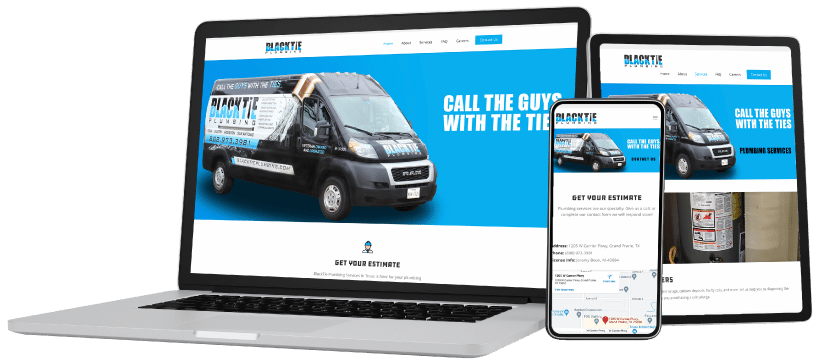
By Julie Hays, LMH Agency.
Here’s how you should prevent five design mistakes and boost your conversion rates.
Have you optimized your website’s SEO? Are you regularly converting website traffic into leads? If not, it’s time to prioritize conversions. While SEO attracts traffic to your site, the conversion rate on your website shows the percentage of visitors who answer your various calls to action. These actions could include filling out a contact form, subscribing to your newsletter or completing a purchase. Focusing on conversions will help you achieve your marketing goal of turning prospects into leads.
Many factors can influence your conversion rates, but one of the most important is your website’s design. A well-designed website is easy to navigate and simple to use, encouraging your visitors to take immediate action. The trouble is, we can get really tempted to overexplain or add a bunch of bells and whistles that seem like a good idea, but they can actually hurt your conversions by making your website harder to find, slower to respond and difficult for people to know exactly how to reach you.
Here are a few of the most common web design features that can hurt your conversions (and what you can do to fix them).
Slow loading pages
One of the most common obstacles we see is slow loading times due to high-resolution graphics, images or videos in the wrong places. While they look amazing, they can slow down your website. When you only have three seconds to make a good impression, speed is crucial! What’s more, your authority score can suffer if it’s not built out properly (more on this later) which takes away from your SEO efforts altogether.
Our advice: Put high-resolution images or videos on your home page and save low-resolution images for your landing pages. You want people to linger on your website, so engaging and high-quality content makes sense there. Landing pages are meant for quick conversions, so use lower-resolution images or optimize them so they load much faster. You can also test your webpage loading speed to keep identifying ways to optimize pages to load quickly.
Poor navigational and organizational web design
Poor navigation makes it hard for visitors to find what they’re looking for on a website. Putting a lot of links in the primary navigation menu makes a site confusing. Too many drop-down menus make the navigation confusing. For website organization, simpler is better. Using standard navigation conventions, like listing the home page first and the contact page last, helps users quickly find what they’re looking for on a website.
Outdated websites and pages
Website visitors are looking for relevant, current content. If a website looks old or outdated, users will often leave to look for more up-to-date information. Change the landing page frequently and indicate that the site is current with up-to-date content or recent photos. Regularly adding blog posts with dates is another way to show visitors that the site is active and maintained.
Visual crowding
Reading on a laptop or digital device is different from reading a book. A webpage needs plenty of white space since users scan webpages instead of reading word for word. Create white space by using headings to break up the content and write short paragraphs of less than 100 words. Bullet points also break up the reading, are easy to read, and help website visitors understand online content and stay engaged. Images and graphics can also lead to visual crowding. Add high-quality images with plenty of white space around them on all edges.
Lack of clear customer path
Creating a clear customer path is the first step in designing any webpage. Structure a webpage with the user experience in mind and know exactly what you want your visitors to read, think and do while they’re on that webpage. Large blocks of text and too much clutter make it difficult for visitors to decide what to do next. Buttons and images crowded with text around them or bunched together make it challenging to know where to go. Identify what action you want a site visitor to take and design the whole page with that purpose in mind.
Your home services, legal or automotive website can be a valuable source for new customers. Key elements of high-converting websites include effective web design and proper SEO. If you’re looking for a custom website with measurable conversion metrics, contact our digital marketing professionals to ensure your site is performing at its best and bringing a steady stream of new leads to your business.
Original article source: LMH Agency.
Learn more about LMH Agency in their Coffee Shop Directory or visit LMH.Agency.









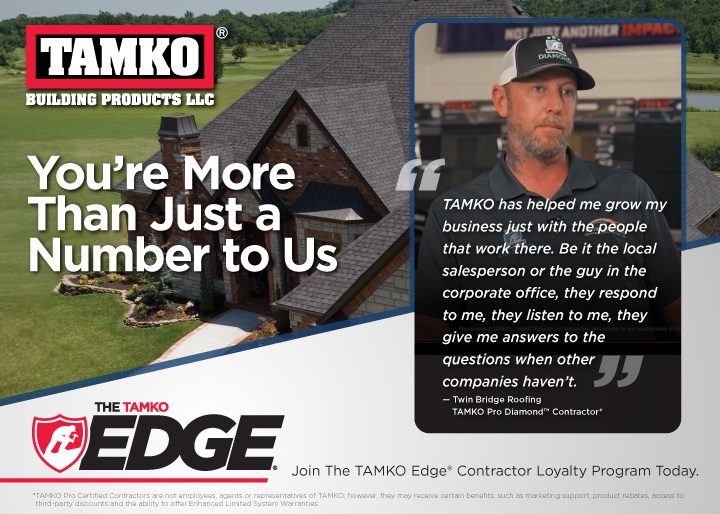




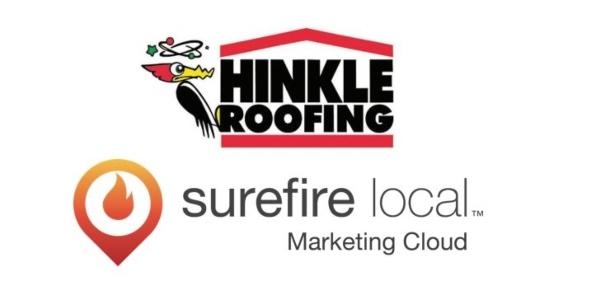
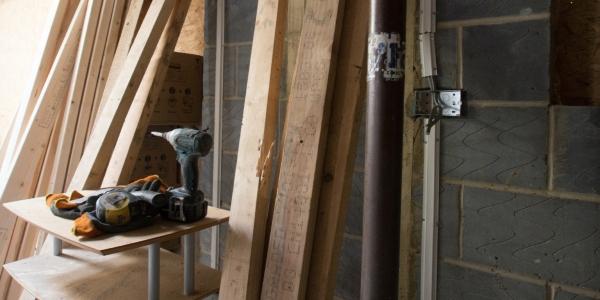





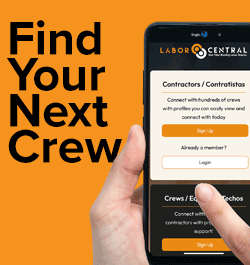
Comments
Leave a Reply
Have an account? Login to leave a comment!
Sign In